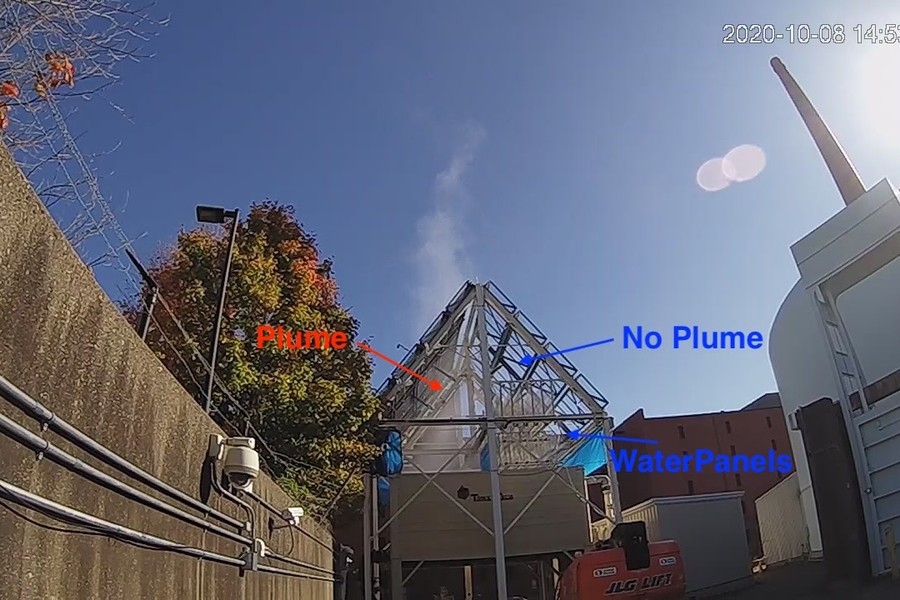Nuclear and fossil fuel power plants consume huge amounts of water for cooling, which then goes to waste as water vapor. MIT engineers have now developed a system that can capture and recycle that lost water.
Big plumes of white steam are a common sight around power plants, but while it’s somewhat a relief to know it’s not carbon dioxide or, worse, greenhouse gases, they do represent how much water is being consumed.
In recent years, MIT engineers have developed a system that can harvest that water vapor and collect it as very pure water. That can then be cycled back into the plant’s other systems that require water, such as cooling or boiling.
Previous technologies designed to wring water out of fog or vapor usually rely on materials with high surface areas that water droplets can cling to. The MIT tech does this too, but takes a more active role. First the droplets are zapped with an ion beam to give them an electrical charge, then they pass through wire meshes that have the opposite charge. That means the droplets are strongly attracted to the mesh, where they gather and fall into a tray below for collection.

MIT
After a series of lab tests showed that the concept worked, the team tested the system in two of MIT’s research power plant facilities, one powered by natural gas and the other nuclear power. In both cases, the plumes all but disappeared and the captured water was extremely pure – 60 times more pure than what normally goes into a power plant cooling system, and around 10 times more pure than regular drinking water.
In larger plants where this captured water is fed back in, the team says that the system should be able to reduce water consumption by as much as 20 percent. The purity means that it could also be piped back into a general water supply.
The team says that two large-scale tests are due to begin this year in commercial plants – one a 900-MW power plant and the other a chemical manufacturing plant.
Source: MIT
Source of Article